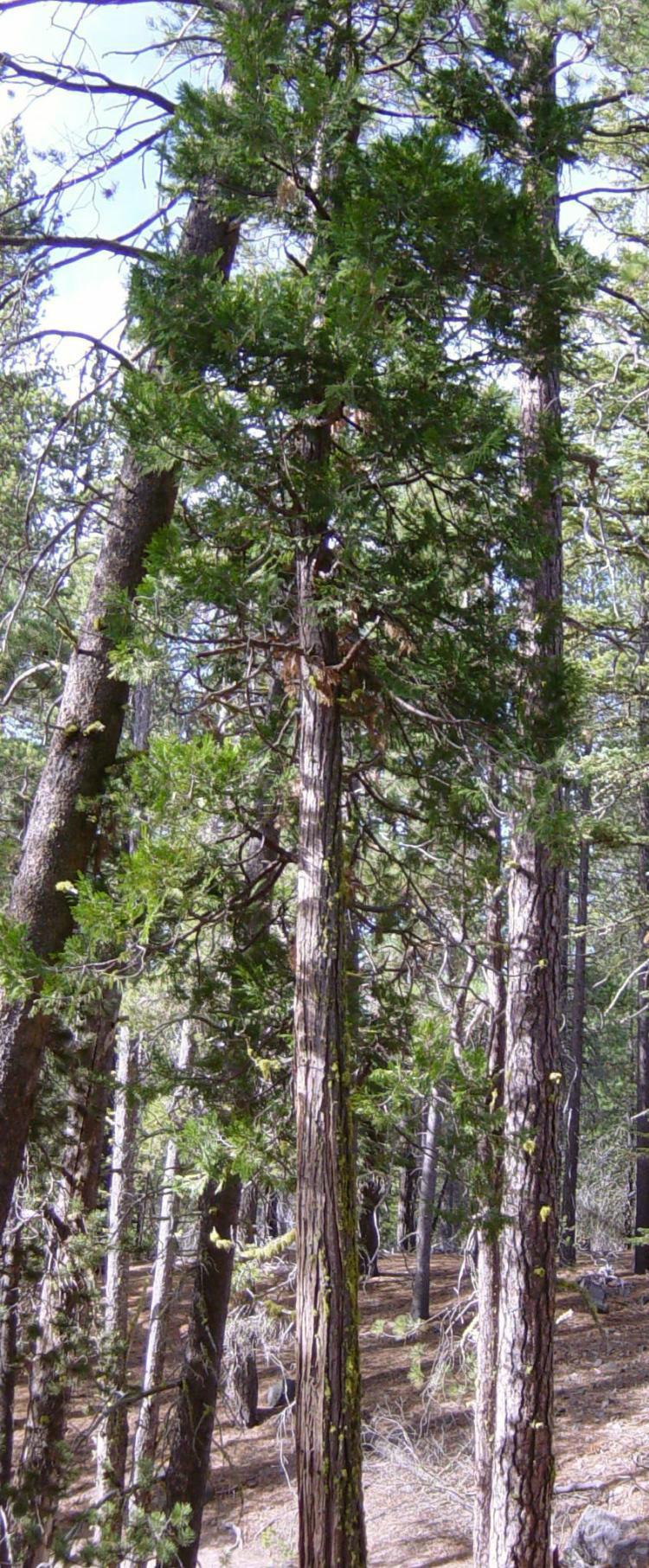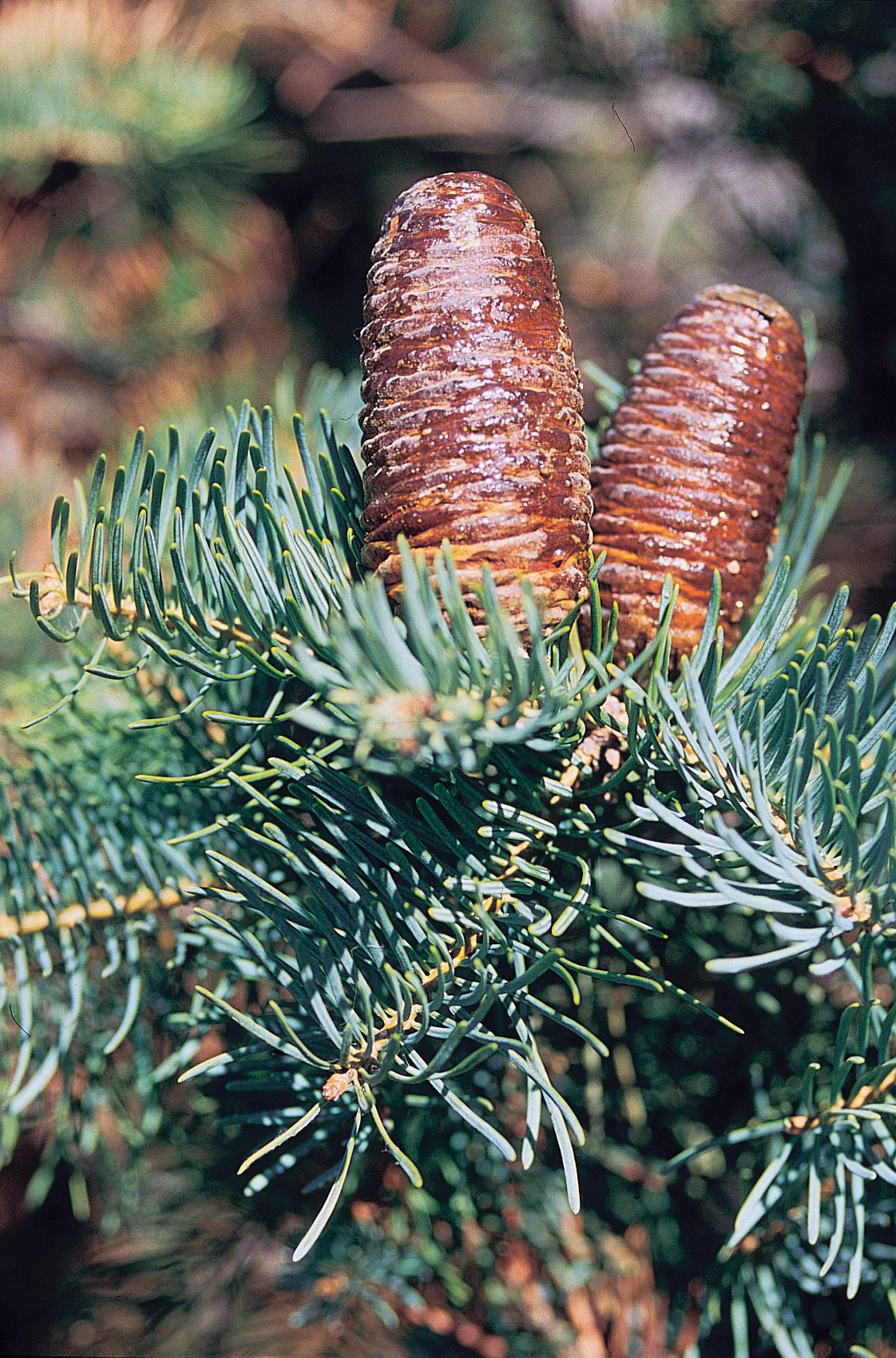|
Creek Fire
The 2020 Creek Fire was a very large wildfire in central California's Sierra National Forest, in Fresno and Madera counties. One of the most significant fires of California's record-setting 2020 wildfire season, it began on September 4, 2020, and burned over several months until it was declared 100% contained on December 24, 2020. The Creek Fire is the sixth-largest wildfire in recorded California history and the third-largest single fire—i.e. not part of a larger wildfire complex—following the 2021 Dixie Fire. Tens of thousands of residents in Fresno and Madera counties were forced to evacuate, and the fire also necessitated the helicopter rescue of hundreds of people by the California National Guard after they became trapped at Mammoth Pool Reservoir. Despite this, the fire caused zero fatalities, though there were more than twenty injuries. The Creek Fire destroyed hundreds of structures in Sierra Nevada communities, adding up to 856 buildings destroyed and dozens m ... [...More Info...] [...Related Items...] OR: [Wikipedia] [Google] [Baidu] |
Fresno County, California
Fresno County (), officially the County of Fresno, is a county located in the central portion of the U.S. state of California. As of the 2020 United States census, the population was 1,008,654. The county seat is Fresno, the fifth-most populous city in California. Fresno County comprises the Fresno, CA Metropolitan Statistical Area, which is part of the Fresno– Madera, CA Combined Statistical Area. It is located in the Central Valley, south of Stockton and north of Bakersfield. Since 2010, statewide droughts in California have further strained both Fresno County's and the entire Central Valley's water security. History The area now known as Fresno County was the traditional homeland of Yokuts and Mono peoples, and was later settled by Spaniards during a search for suitable mission sites. In 1846, this area became part of the United States as a result of the Mexican War. Fresno County was formed in 1856 from parts of Mariposa, Merced and Tulare counties. ''Fres ... [...More Info...] [...Related Items...] OR: [Wikipedia] [Google] [Baidu] |
Heat Advisory
A heat advisory is a notice issued by the National Weather Service of the United States. Local offices often have their own criteria. High values of the heat index are caused by temperatures being significantly above normal and high humidities, and such high levels can pose a threat to human life through conditions such as heat stroke. Example The following is an example of a heat advisory issued by the National Weather Service office in Pittsburgh, Pennsylvania. URGENT - WEATHER MESSAGE National Weather Service Pittsburgh PA 341 PM EDT Wed Jul 8 2020 OHZ039>041-048>050-057>059-068-069-PAZ020-021-029-031-073-075- WVZ001>004-012-021-509-090345- /O.NEW.KPBZ.HT.Y.0001.200709T1700Z-200710T0000Z/ Tuscarawas-Carroll-Columbiana-Coshocton-Harrison-Jefferson OH- Muskingum-Guernsey-Belmont-Noble-Monroe-Beaver-Allegheny- Washington-Greene-Westmoreland-Fayette-Hancock-Brooke-Ohio- Marshall-Wetzel-Marion-Monongalia- Including the cities of New Philadelphia, Dover, Carrollton, Malvern, East ... [...More Info...] [...Related Items...] OR: [Wikipedia] [Google] [Baidu] |
The Sacramento Bee
''The Sacramento Bee'' is a daily newspaper published in Sacramento, California, in the United States. Since its foundation in 1857, ''The Bee'' has become the largest newspaper in Sacramento, the fifth largest newspaper in California, and the 27th largest paper in the U.S. It is distributed in the upper Sacramento Valley, with a total circulation area that spans about : south to Stockton, California, north to the Oregon border, east to Reno, Nevada, and west to the San Francisco Bay Area.History of ''The Sacramento Bee'' from the newspaper's website ''The Bee'' is the flagship of the nationwide McClatchy Company. Its "Scoopy Bee" mascot, created by |
2011–2017 California Drought
The 2011–2017 California drought persisted from December 2011 to March 2017 and consisted of the driest period in California's recorded history, late 2011 through 2014. The drought wiped out 102 million trees from 2011 to 2016, 62 million of those during 2016 alone. The cause of the drought was attributed to a ridge of high pressure in the Pacific Sea—the "Ridiculously Resilient Ridge"—which often barred powerful winter storms from reaching the state. By February 2017, the state's drought percentage returned to lower levels seen before the start of the drought. This change was due to an exceedingly wet pattern caused by atmospheric river-enhanced Pacific storms, which caused 2017 California floods, severe flooding. In mid-March 2019, California was declared drought-free except for a small pocket of abnormally dry conditions in Southern California. This declaration followed a series of powerful Pacific storms during the first few months of the year, which coincided with the U ... [...More Info...] [...Related Items...] OR: [Wikipedia] [Google] [Baidu] |
Bark Beetle
A bark beetle is the common name for the subfamily of beetles Scolytinae. Previously, this was considered a distinct family (Scolytidae), but is now understood to be a specialized clade of the "true weevil" family (Curculionidae). Although the term "bark beetle" refers to the fact that many species feed in the inner bark (phloem) layer of trees, the subfamily also has many species with other lifestyles, including some that bore into wood, feed in fruit and seeds, or tunnel into herbaceous plants. Well-known species are members of the type genus '' Scolytus'', namely the European elm bark beetle ''S. multistriatus'' and the large elm bark beetle ''S. scolytus'', which like the American elm bark beetle '' Hylurgopinus rufipes'', transmit Dutch elm disease fungi (''Ophiostoma''). The mountain pine beetle ''Dendroctonus ponderosae'', southern pine beetle '' Dendroctonus frontalis'', and their near relatives are major pests of conifer forests in North America. A similarly aggres ... [...More Info...] [...Related Items...] OR: [Wikipedia] [Google] [Baidu] |
California Black Oak
''Quercus kelloggii'', the California black oak or Kellogg oak, is an oak in the red oak section (genus ''Quercus'', section ''Lobatae'', series ''Agrifoliae'') native to western North America. Description ''Quercus kelloggii'' grows from one to several vertical roots which penetrate to bedrock, with large, laterally spreading roots extending off from vertical ones. It also has a number of surface roots. It can reproduce vegetatively with new growth sprouting from the root crown after the tree is top-killed by wildfire, logging, frost, or other events. While individual trees generally have a lifespan between 100 and 200 years, California black oak can live up to 500 years. The tree typically grows from in height and from in diameter. Large trees may exceed in height and diameter, with the record holder measuring tall and thick (in the Siskiyou National Forest in Oregon). The species also grows in shrubby scrub-oak form on poor sites. In open areas, the crown is bro ... [...More Info...] [...Related Items...] OR: [Wikipedia] [Google] [Baidu] |
Incense-cedar
''Calocedrus'', the incense cedar (alternatively spelled incense-cedar), is a genus of coniferous trees in the cypress family Cupressaceae first described as a genus in 1873. Three species are native to East Asia, eastern Asia and one to western North America. Description The genus is related to ''Thuja'', and has similar overlapping scale-leaves. ''Calocedrus'' differs from ''Thuja'' in the scale leaves being in apparent whorls of four (actually opposite decussate pairs like ''Thuja'', but not evenly spaced apart as in ''Thuja'', instead with the successive pairs closely then distantly spaced), and in the conifer cone, cones having just 2–3 pairs of moderately thin, erect scales, rather than 4–6 pairs of very thin scales in ''Thuja''. Taxonomy The generic name ''Calocedrus'' means "beautiful cedar". Cladogram showing the evolutionary relationships: Species Extant species Extinct species Uses Archery Incense cedar was one of the favored varieties of wood used to m ... [...More Info...] [...Related Items...] OR: [Wikipedia] [Google] [Baidu] |
White Fir
''Abies concolor'', the white fir, concolor fir, or Colorado fir, is a coniferous tree in the pine family Pinaceae. This tree is native to the mountains of western North America, including the Sierra Nevada and southern Rocky Mountains, and into the isolated mountain ranges of southern Arizona, New Mexico, and Northern Mexico. It naturally occurs at elevations between . It is popular as an ornamental landscaping tree and as a Christmas tree. Description This large evergreen conifer grows best in the central Sierra Nevada of California, where the record specimen was recorded as tall and measured in diameter at breast height (dbh) in Yosemite National Park.American Forestry Association. 1978. National register of big trees. American Forests 84(4):19-47 The typical size of white fir ranges from tall and up to dbh. The largest specimens are found in the central Sierra Nevada, where the largest diameter recorded was found in Sierra National Forest at (1972); the west slope ... [...More Info...] [...Related Items...] OR: [Wikipedia] [Google] [Baidu] |
Sugar Pine
''Pinus lambertiana'' (commonly known as the sugar pine or sugar cone pine) is the tallest and most massive pine tree and has the longest Conifer cone, cones of any conifer. It is native to coastal and inland mountain areas along the Pacific coast of North America, as far north as Oregon and as far south as Baja California in Mexico. Description Growth The sugar pine is the tallest and largest ''Pinus'' species, commonly growing to tall, exceptionally to tall, with a trunk diameter of , exceptionally . The tallest recorded specimen is tall, is located in Yosemite National Park, and was discovered in 2015. The second tallest recorded was "Yosemite Giant", an tall specimen in Yosemite National Park, which died from a bark beetle attack in 2007. Yosemite National Park also has the third tallest, measured to tall as of June 2013; the Rim Fire affected this specimen, but it survived. The next tallest known living specimens grow in southern Oregon: one in Umpqua National Forest ... [...More Info...] [...Related Items...] OR: [Wikipedia] [Google] [Baidu] |
Ponderosa Pine
''Pinus ponderosa'', commonly known as the ponderosa pine, bull pine, blackjack pine, western yellow-pine, or filipinus pine, is a very large pine tree species of variable habitat native to mountainous regions of western North America. It is the most widely distributed pine species in North America.Safford, H.D. 2013. Natural Range of Variation (NRV) for yellow pine and mixed conifer forests in the bioregional assessment area, including the Sierra Nevada, southern Cascades, and Modoc and Inyo National Forests. Unpublished report. USDA Forest Service, Pacific Southwest Region, Vallejo, CA/ref> ''Pinus ponderosa'' grows in various erect forms from British Columbia southward and eastward through 16 western U.S. states and has been introduced in temperate regions of Europe and in New Zealand. It was first documented in modern science in 1826 in eastern Washington near present-day Spokane (of which it is the official city tree). On that occasion, David Douglas misidentified it a ... [...More Info...] [...Related Items...] OR: [Wikipedia] [Google] [Baidu] |
Mixed Coniferous Forest
Mixed conifer forest is a vegetation type dominated by a mixture of broadleaf trees and conifers.Sierra Nevada Wildflowers, Karen Wiese, 2nd ed, 2013, p 13–14 It is generally located in mountains, below the upper montane vegetation type. Sierra Nevada range In the Sierra Nevada mountain range of the western United States, the mixed conifer forest is found at elevations of in the north, in central areas, and in the south. Characteristic conifers include Ponderosa Pine (''Pinus ponderosa''), Sugar Pine (''Pinus lambertiana''), Incense Cedar ('' Calocedrus decurrens''), White Fir (''Abies concolor''), Douglas Fir (''Pseudotsuga menziesii''), and Giant Sequoias (''Sequoiadendron giganteum'') in pockets. Characteristic broadleaved trees include Black Oak ('' Quercus kelloggii''), and understory trees and shrubs, including Canyon Live Oak (''Quercus chrysolepis''), Dogwood ( ''Cornus'' spp.), Mountain Misery ('' Chamaebatia foliolosa''), and Manzanitas ( ''Arctostaphylos'' spp.). ... [...More Info...] [...Related Items...] OR: [Wikipedia] [Google] [Baidu] |



